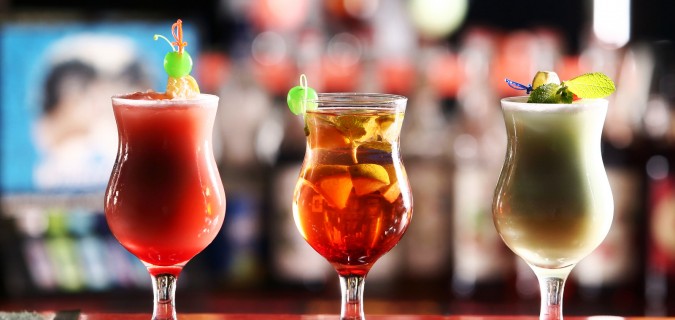I remember my first exposure to the world of event marketing. I was interning at a record label in New York in 2001 and I was tasked to comb the Harlem neighborhood surrounding the then-hot restaurant/lounge Jimmy’s Uptown with promotional flyers. There was a young R&B singer by the name of John Stephens (better known as John Legend) set to perform that night, and label management wanted to make sure everyone coming to the show knew about a new priority album that was set to drop the following week.
Little did I know, but I was doing guerilla marketing in its purest form. This experience helped shape and dictate my career path over the next decade, with guerilla marketing giving way to radio promotions, sampling programs, experiential activations, popup stores, concert productions and everything in between. Of course, in the “good old days” of event marketing, the objective was simpler — engage consumers and invite them to participate on-site with the participating brand. In 2012, we as event marketers need to engage with consumers before they even show up — and for days and weeks after the event wraps up, too.
As more and more brands look to socialize their events, marketers need to integrate social media into the fabric of the event from the very beginning of the planning process. An integrated, holistic approach will trigger the best results — where social is the thread that touches all elements of the event, from beginning to end.
1. The #hashtag is your BFF. What seems like the first thing that comes to everyone’s mind is also the easiest to do wrong. The hashtag is the connecting thread in the social strategy to amplify your event. It works across most social networks, and consumers know how it works. If you’re clever enough not to automatically do #BrandName or #EventName, then it can grow some legs above and beyond your event staff.
Live on-site tweeting works well for entertainment and music events and is a great tool to handle customer service, answer questions and provide updates in real-time. Twitter wall? It’s not 2010 anymore, but it can still valuable if it works with your overall activation. Foursquare is an amazing asset to provide the socially aggressive attendee a special perk for checking in at your event, but don’t promote it if there’s no benefit. Instagram allows pictures to tell the story for you.
2. Online interaction affects event setup. Whether it’s consumer-driven or B2B, every event has a group of people who are invited and a smaller group of people who actually attend. Social media is the one tool that allows us to cultivate both groups simultaneously and individually. In the time leading up to the event, wouldn’t it be cool if attendees could choose the cocktail selection? Or how about the DJ lineup for the night? Run simple promotions on Facebook and Twitter and give your social communities the power to control their event experiences.
For those at home, let them see what’s happening with real-time updates, but also take it one step further and give them the power to affect the on-site activities. Concert promoters have been smart about this by letting consumers pick song orders and even which artists they should add to the concert lineup.
3. Social influence provides VIP rewards. Most events have the general audience and a VIP section — VIP can mean a lot of different things to different people, but for our purposes, we’ll define VIP as someone who has social value and brings a certain level of clout. Enter Klout, an online tool that uses an algorithm to measure a person’s influence on the social graph. The higher the Klout score, the more likely that person is influencing the people in their social network. Reward your high-scoring attendees with VIP perks like cut-the-line privileges, open bar, and preferred seating, and watch how quickly your event becomes positively viral.
4. Product trials provide social currency. Sure, you can hire attractive brand ambassadors to serve sample sizes on-site, but that method alone isn’t enough anymore. Reward consumers who are willing to take a leap of faith and try something new with special event access, music downloads, free refreshments, etc. Allow them to walk away with a level of social currency that encourages them to bring your event — and more importantly, your brand — into their online conversation and network of connections, even after the event is over.
5. Social validation is fun! Events are meant to be fun — that’s why consumers attend them and it’s why most of us got into the event business. Your event should be socially friendly across all relevant social networks in a way that works for your event. Give your attendees the social authority and tools to broadcast across their social graph, and just watch how quickly your event’s social marketing grows.













